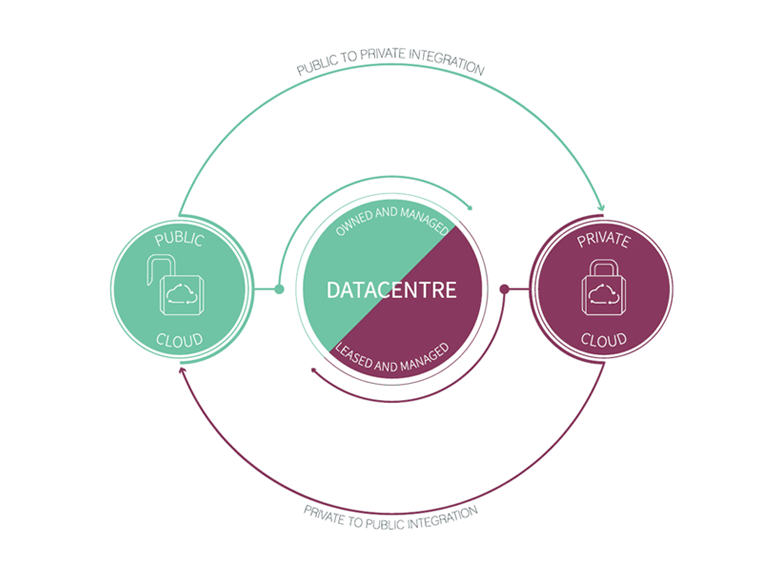
Based on the IT strategic work Pulsant is delivering within businesses across numerous sectors, the cloud computing business model or the principle of “CLOUD FIRST” is prevalent. The ability to rapidly provision IT services without large capital expenditures is extremely appealing to budget-minded executives. Working with CEOs, CIOs and CFOs they are pressuring the IT management to lower overhead by offloading services to cloud providers. However, the typical cloud strategy is to move to a cloud email system such as Office 365 because when IT organisations investigate potential cloud services, the change required in the internal infrastructure coupled with the market’s volatility reveals that the cloud-first principle is certainly not a mandate but just a principle.
Our belief is that IT organisations need to understand how to become “the broker” to a set of IT services hosted partially internally and partially externally, following a strategy of hybrid IT architecture. By being the intermediary of IT services or developing a close working relationship with an MSP that can aggregate services, your IT organisation can provide the price, capacity and speed of provisioning of the external cloud, while maintaining the security and governance the company requires, and achieving the reduction in IT service costs.
This model of service delivery has its challenges — in areas such as vendor management, ITSM re-mapping and changes, financial awareness and management, current infrastructure changes and aggregated service management. As a result, both the longstanding practices of IT organisations and the business models of traditional IT vendors need to be adapted and aligned to ensure that the best hybrid IT service can be adopted.
Pulsant Soundbites (Challenges):
Benefits:
If managed and implemented correctly, a hybrid IT model has numerous benefits. From our experience the key benefits of moving to the hybrid model can be more advantageous than many internal IT organisations can provide, including: